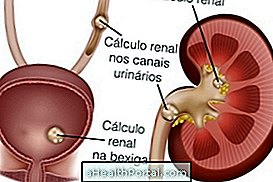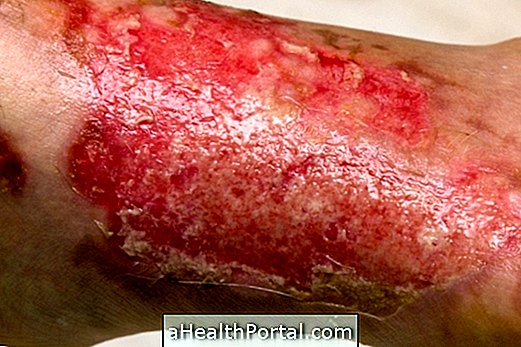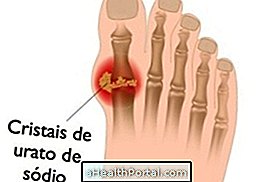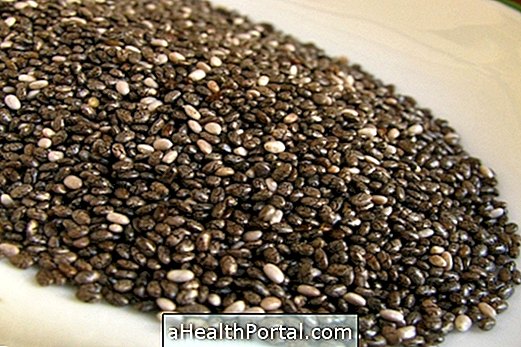Excess iron in the blood can be treated by using drugs that decrease the amount of this mineral in the body, with changes in diet and with phlebotomy, which is to do a therapeutic bleeding.
Elevated iron levels are usually linked to a genetic disease called hemochromatosis, but may also be linked to excess blood transfusions or the use of vitamin supplements, for example. Learn about the symptoms and treatment for hemochromatosis.
How to get rid of excess iron
Treatment to reduce iron levels depends on the severity of excess iron, and the following techniques may be used:
1. Phlebotomy
Also called therapeutic bleeding, this technique consists of removing about 500 ml of blood from the patient, helping to reduce the amount of iron in the body.
The procedure is done as during donation of blood, and the amount of fluid withdrawn is replenished as saline solution.
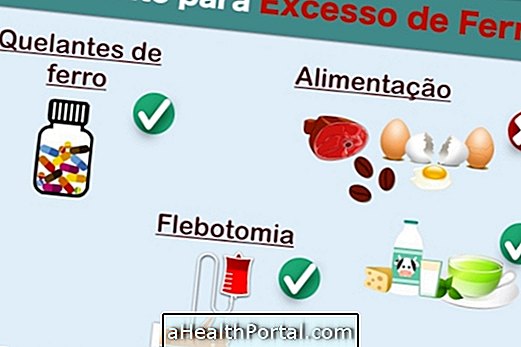
2. Changes in diet
To help control, you should avoid eating foods rich in iron, such as liver, gizzards, red meats, seafood, beans and dark green vegetables such as kale and spinach. See other foods here.
In addition, foods that reduce the absorption of iron in the body, such as milk and dairy products and black tea, should be consumed. A good strategy is to consume a yogurt as a dessert from lunch and dinner, for example.
3. Use Iron Chelate Supplement
Chelates are medicines that bind to iron in the body and prevent it from building up and damaging other organs, such as the liver, pancreas, and heart.
The chelators can be taken as tablets or administrated through a subcutaneous needle for about 7 hours, releasing the medication under the skin while the person sleeps.
Control exams
Control of iron levels in the blood should be done every 3, 6 or 12 months, varying according to the cause and severity of the problem.
Thus, it is important that the patient follow up with medical attention and be alert to the symptoms of excess iron, such as weakness, abdominal pain and weight loss without an apparent cause. See the symptoms and complications of excess iron.
